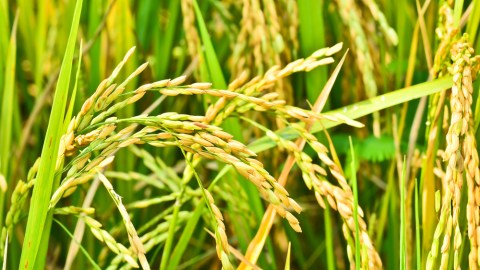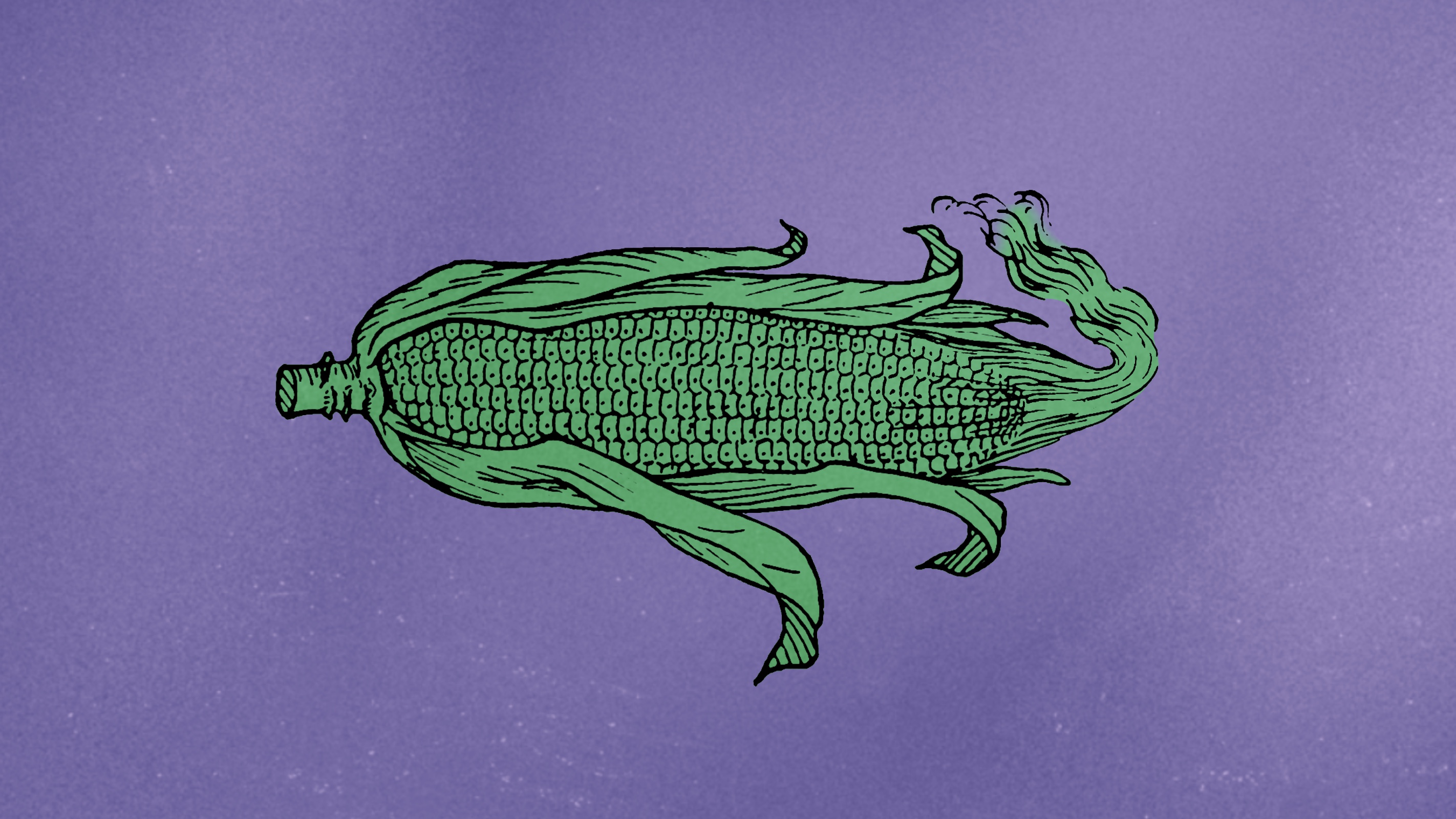To Meet World Food Demand, a New Photosynthesis

What’s the Latest Development?
By studying the genetic make up of plants that thrive in hot, dry conditions, scientists expect to modify ordinary food crops to grow more efficiently while producing greater yields. A chemical pathway used for photo synthesis called C4—already the standard for crops like corn and sugar—is not only more efficient at warmer temperatures, it also uses less nitrogen (fertiliser) and less water during photosynthesis. “And because the plants’ pores, or stomata, need to be open for a shorter time compared with C3 plants to receive carbon dioxide,” less of the water taken in by the roots is excreted through the leaves.
What’s the Big Idea?
Currently, scientists are working on rice plants because they are responsible for feeding much of the world and because their genetic make up, with two chromosomes, is relatively simple, compared to wheat, which has six. No matter how it is achieved, increasing crop yield will be essential in the years ahead. “The rate of global population growth may now be slowing, but we are still expecting to top nine billion people by 2050, all of whom need to eat. It means we will have to produce more food in the next 40 years than we have had to for the past 8,000 years, when agriculture began.”
Photo credit: Shutterstock.com





